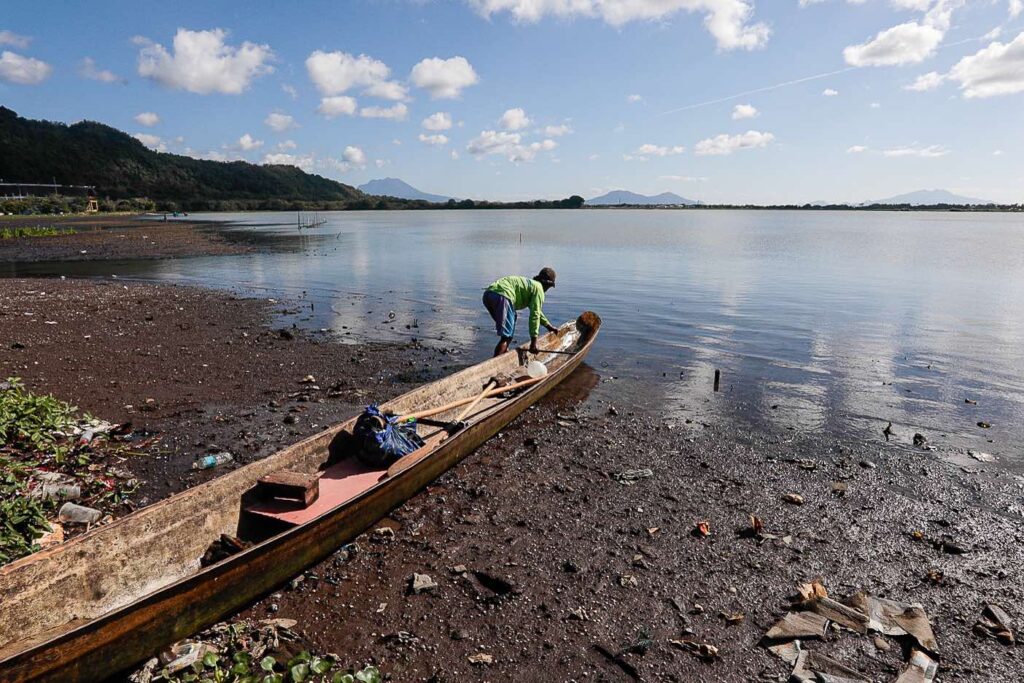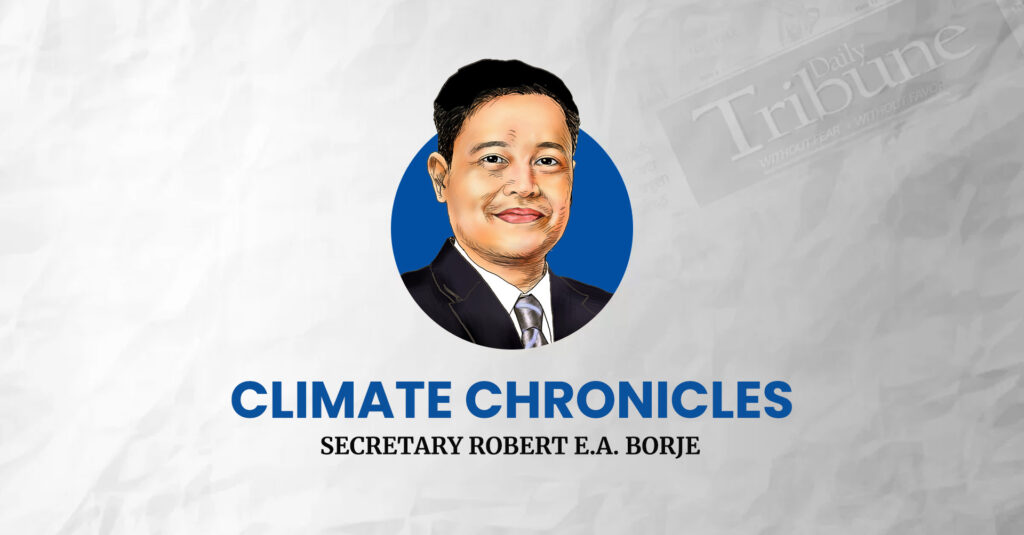Wetlands are among the most intriguing yet underrated ecological systems on our planet. While conversations about conservation often revolve around mountains, forests, and oceans, wetlands are frequently overlooked.
This raises the question: What exactly are wetlands, and why are they important?
Broadly speaking, wetlands are ecosystems centered around bodies of water, which may occur naturally or be human made. According to the Department of Environment and Natural Resources, wetlands encompass a variety of ecosystems with varying water dynamics, from static to flowing bodies of water. Some wetlands have water year-round, while others receive water seasonally. In a nutshell, wetlands refer to any piece of land with waterlogged soil.
There are three categories of wetlands in the Philippines: inland, coastal and marine areas, and human-made. Inland wetlands include marshes, peatlands, floodplains, rivers and lakes, while coastal and marine wetlands comprise saltmarshes, mangroves, and intertidal mudflats. Human-made wetlands include dams, reservoirs, rice paddies, ponds, lagoons, and wastewater treatment systems.
Despite their often-overlooked status, wetlands provide numerous benefits for ecosystems and humanity. They support various socio-economic activities such as agriculture, aquaculture, tourism and recreation.
More importantly, wetlands act as natural carbon sinks, absorbing land-based carbon and helping regulate greenhouse gas emissions and temperature in surrounding areas while at the same time producing oxygen.
Moreover, wetlands offer other ecosystem services such as flood control, groundwater replenishment, water purification, and sediment and nutrient retention. They are vital biodiversity hubs, hosting 40 percent of all animal and plant species.
Wetlands, however, are frequently viewed as wastelands and are subject to destruction for land-use conversion or dumping. Alarmingly, wetlands are disappearing at a rate three times faster than that of our forests.
According to the United Nations, over 35 percent of the world’s wetlands have disappeared since 1970. If we don’t do something and this trend continues, the majority of all wetlands will be lost, along with the lives that thrived within them.

In the Philippines, there are roughly 314 wetlands distributed around the country. Many of these wetlands are found in Luzon and Mindanao, with fewer in Visayas. Wetlands in the country include lagoons, seagrass beds, mangroves, rivers, estuaries, mudflats, lakes, swamps, and cave hydrological systems. Like most wetlands, however, they are at risk of disappearing forever due to several factors, including climate change and human activities. Under the worst-case scenario, there would be a 51 percent reduction in the Philippines’ coastal wetlands by 2100.
The world, including the Philippines, cannot afford to lose wetlands because they have the capacity to act as carbon sinks and flood regulators. This is especially true for the Philippines, which experiences the harshest effects of climate change, including storms and droughts.
In the face of intensifying climate change impacts, wetlands play a crucial role in both mitigating climate change by sequestering carbon in their soils and adapting to changing conditions by regulating flow.
Wetlands act as natural carbon sinks, absorbing land-based carbon and helping regulate greenhouse gas emissions and temperature.
Given the vital roles wetlands play in carbon storage and food regulation, it is surprising that people don’t discuss protecting them more. Recognizing the importance of wetlands in mitigating climate change impacts, efforts are being made to conserve and protect them. Particularly, Sustainable Development Goal 15 aims to protect, restore, and promote the sustainable use of terrestrial ecosystems, including wetlands.
The Climate Change Commission is committed to preserving Philippine wetlands through policymaking and implementation. Identified in the Philippine National Adaptation Plan are the strategies aimed at safeguarding, nurturing, restoring, financing, and sustaining natural assets like our wetlands.
Rehabilitation of degraded ecosystems, as outlined in the Philippine Development Plan 2023-2028, is another step towards protecting wetlands and enhancing their ecosystem services.
Currently, the Philippines has over eight wetlands that are under the protection of Ramsar Convention, which provides the framework for effective conservation and sustainable use of wetlands. These include the Olango Island Wildlife Sanctuary; Naujan Lake National Park; Puerto Princesa Subterranean River National Park; Las Piñas-Parañaque Critical Habitat and Ecotourism Area; Negros Occidental Coastal Wetlands Conservation Area; Sasmoan Pampanga Coastal Wetlands; Agusan Marsh Wildlife Sanctuary; and Tubbataha Reefs Natural Park.
These sites showcase the Philippine government’s sustainable conservation efforts.
However, more research, planning, and policies are needed to ensure the long-term preservation of wetlands.
Wetlands are not wastelands but vital reservoirs crucial to our planet’s well-being. Beyond their ability to host diverse wildlife, wetlands serve as guardians of biodiversity, natural water purifiers, and potent carbon sinks. By recognizing and protecting their hidden powers, we pave the way for a harmonious coexistence with nature and ensure a legacy of ecological richness for future generations.
